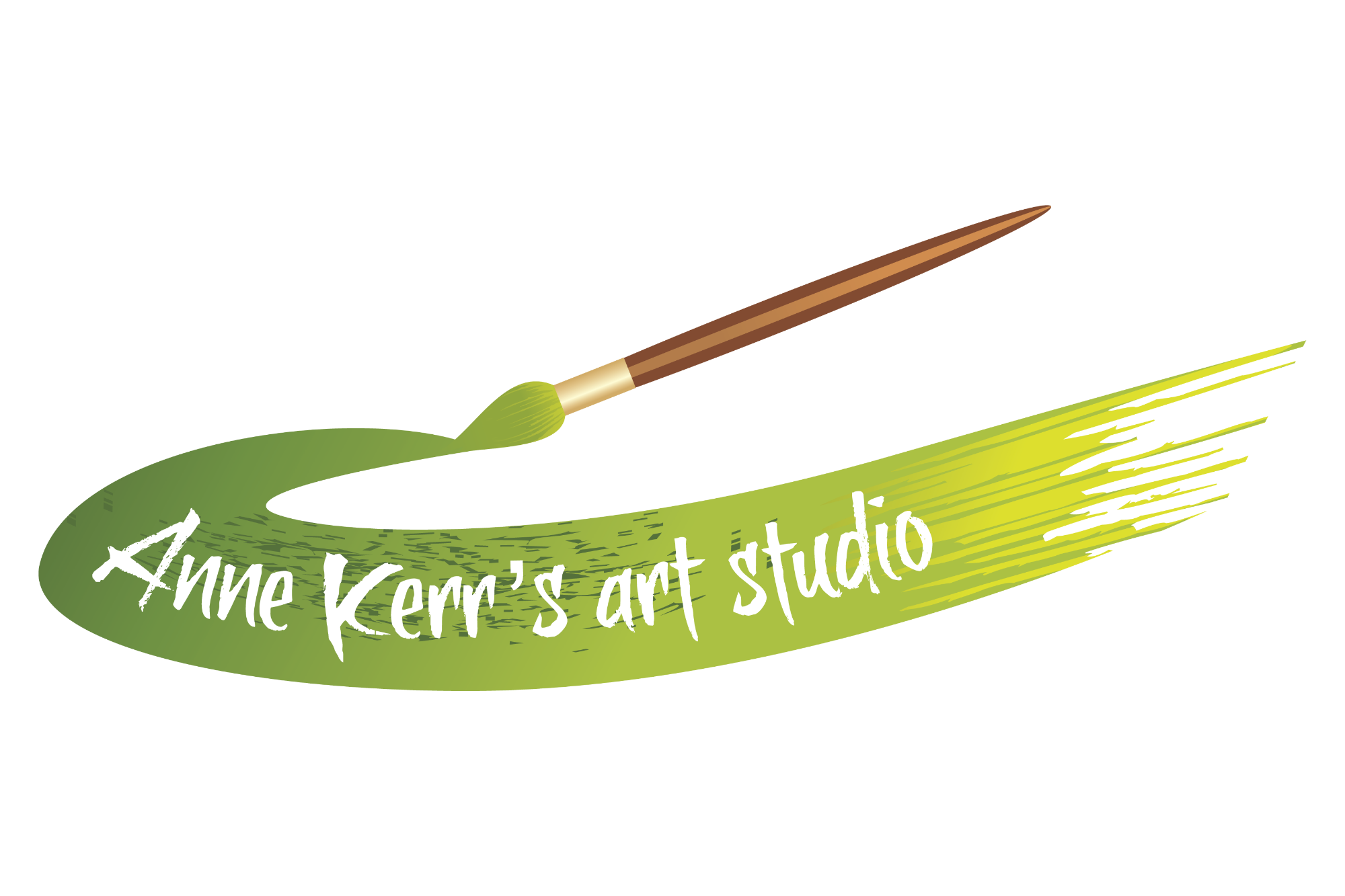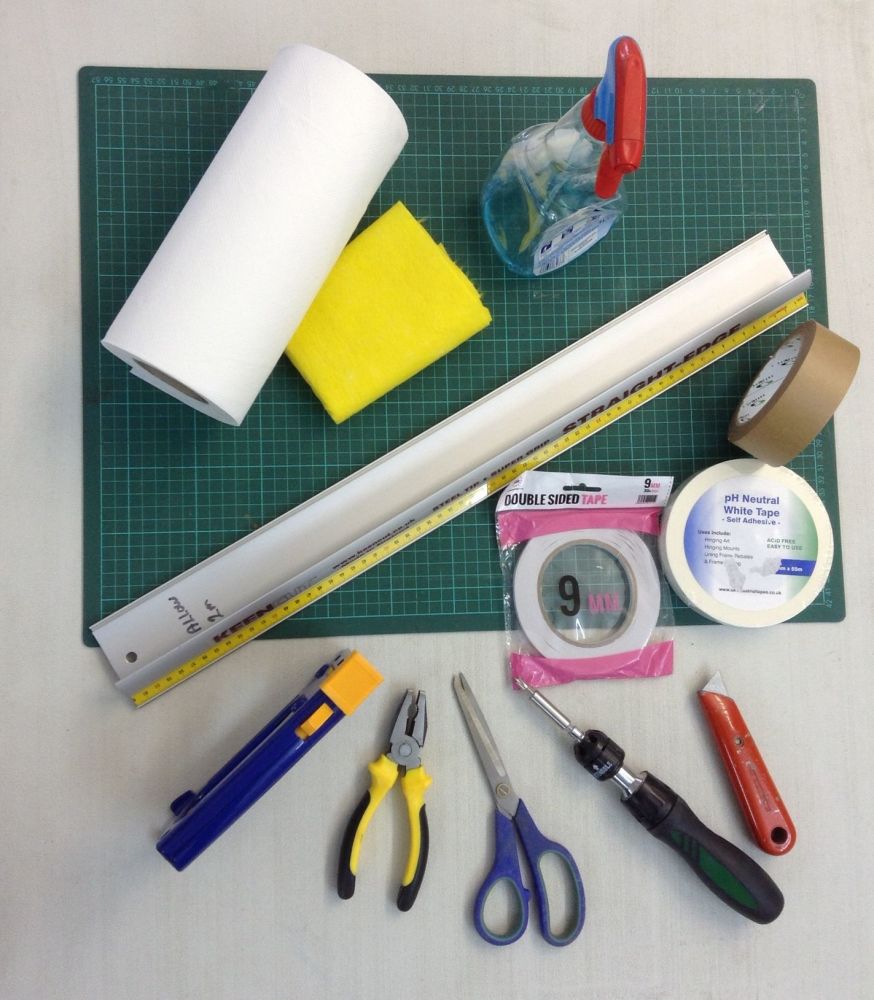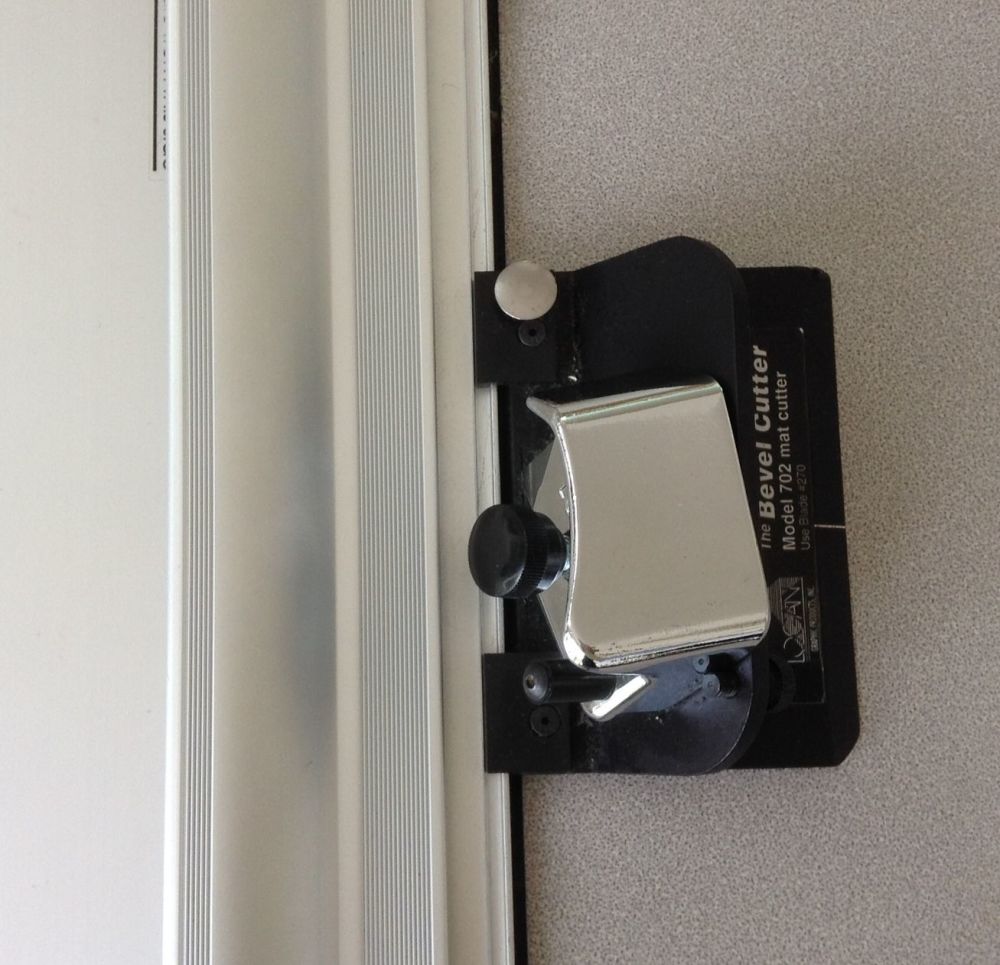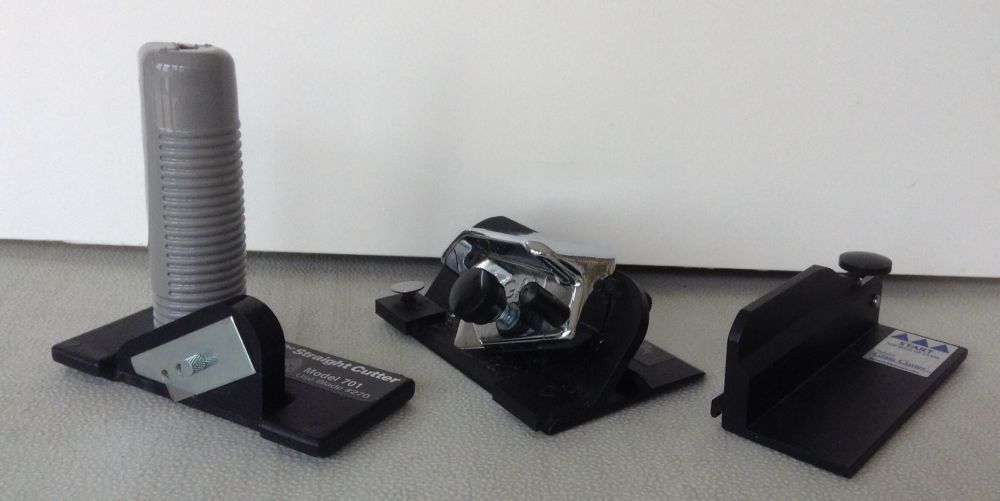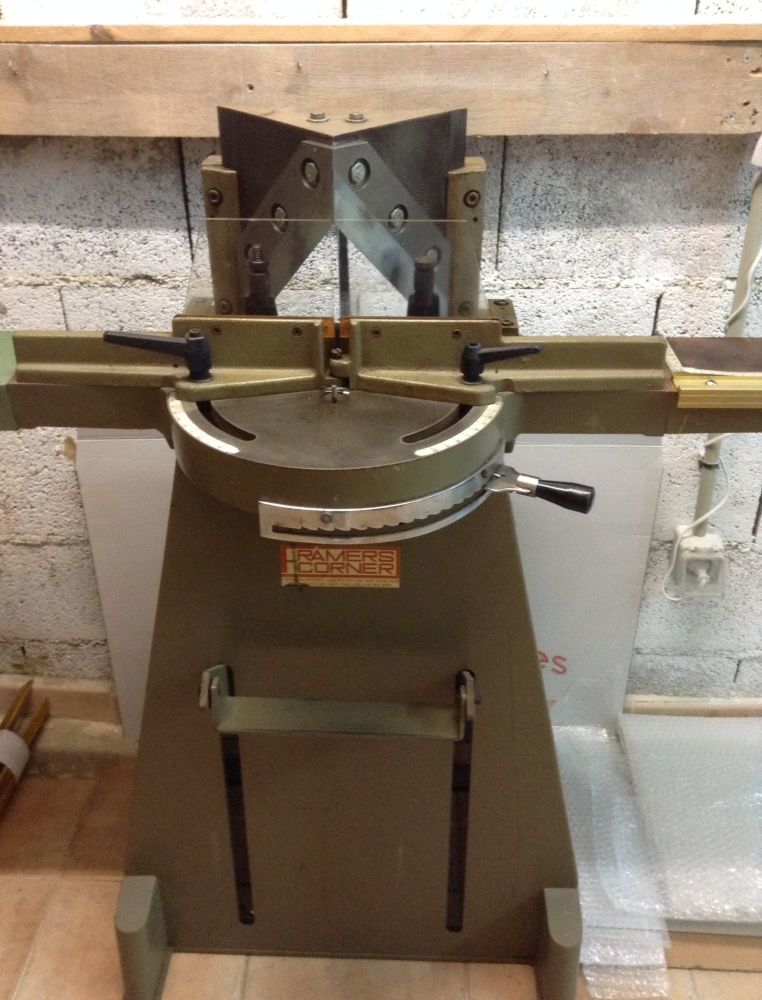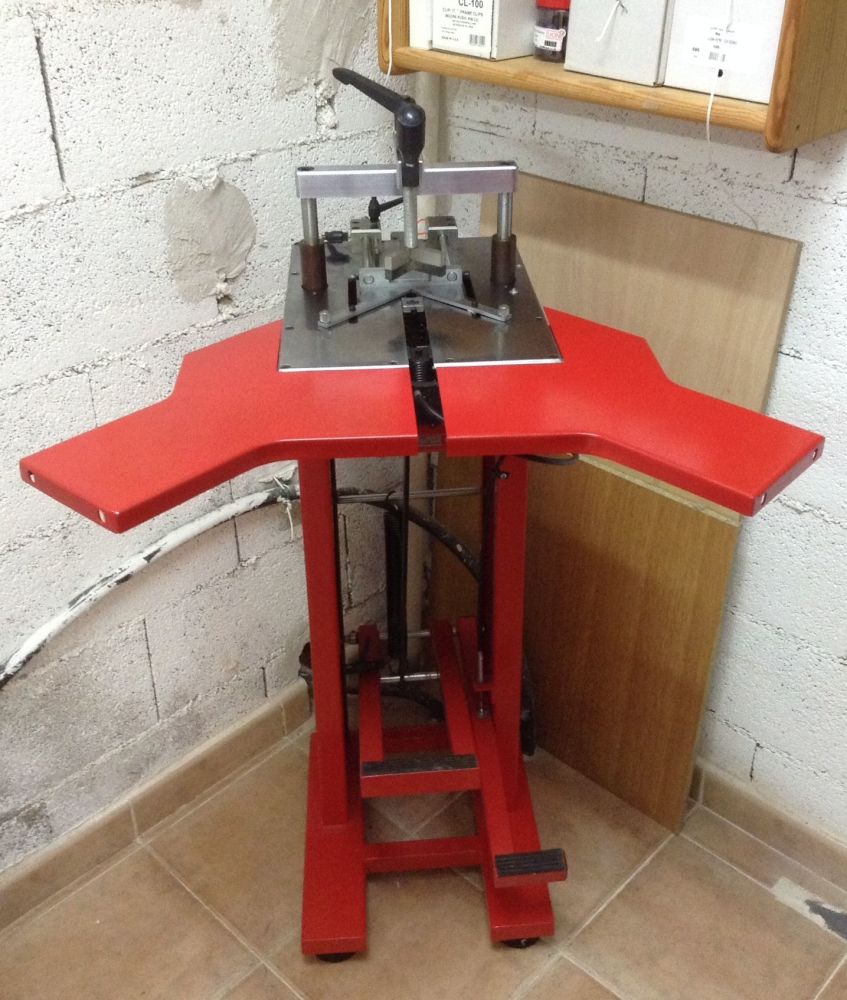Picture Framing - the basics. Part 1
Posted on
Picture Framing - by Anne Kerr
Think about framing your own art work. It's not as difficult as you might think, and you could save yourself a great deal of money. Many people ask me about framing so I decided to write aout it.
________________________________________________________________
Part 1: The Workshop
Figure 1
Having your paintings or drawings framed can be an expensive business. Basic picture framing is actually quite easy. Why not have a go and save yourself a considerable amount of money? Within two years of purchasing all my tools I more than got my money back. You will find that as soon as your friends and colleagues know you do picture framing, there will be a queue at your door!
All you need to start is a few tools, a little space to work and some good quality instruction. Many High Street framers will charge anything from £40 to £80 for a simple framing job. I got tired of paying these high prices and decided to have a go myself. I would now like to pass on all the hints and tips I can and also tell you of some of the mistakes I made.
If you think picture framing is something you would like to try then here are the basic tools you will need. You may find that you have some of the smaller hand tools in your home already.
Tools for picture framing
Pliers, steel ruler with hand guard (makes cutting with a craft knife safer), large cutting mat, strong craft knife, scissors, screwdriver, kitchen roll, cleaning cloths, double sided tape, framer's white tape, framer's brown tape, spray-on glass cleaner, flexi-point gun, (see figure 1). You will also need some glue.
The last item in the above list of tools needs a little explanation.
A flexi-point gun is a hand held tool rather like a large staple gun. This fires the little metal flexi-points into the back of the frame to hold everything together. You can buy a small hand held tool to push the flexi-points into the frame but the flexi point gun is quicker and more efficient.
A mount cutter (sometimes called a mat cutter) is probably the tool you will use the most when it comes to picture framing. It is used for cutting all forms of card, paper, thin board and even glass. There are many different types of mount cutter on the market. These range from a simple straight edge ruler with a grove on one side to attach the cutters, to very sophisticated and expensive digital models. I started picture framing with the basic ruler type with cutter attached. You can make a perfectly good mount with this cutter but the margin for error is greater. The ruler could very easily slip while you are cutting and you end up with a jagged cut. It only has to slip 1mm. for the error to show. Also, the cutter works by pushing it away from you. A cutter that works by pulling it towards you is easier to control. The best type of mount cutter is one where the guide bar is attached with hinges to a base board. The the mount cutter I use is a Logan Simplex 750 Plus . If you buy a new one it retails at approx £220, comes with all your cutting tools and is worth every penny.
The guide bar has a groove on one side to attach the cutters. This guide bar cannot possibly slip while you are cutting as it is fixed to the base board. The cutting tools attach to the guide bar by means of little nylon guides running in the grove. (figure 2) Another important part of a mount cutter is a squaring arm. It is fixed at right angles to the guide bar so that you can always check that the material you are cutting is exactly square and cannot slip. I have used several mount cutters but would now never buy one that did not have a hinged guide bar, a squaring arm and a cutter that works when pulled towards you not pushed.
Figure 2
A mount cutter is a complete artist’s studio tool for sizing many different types of materials e.g. paper, card and glass. Most mount cutters come with the three cutters you require i.e. a straight cutter, a bevel cutter and a glass cutter (see figure 3). I probably use my mount cutter every week. Mine has a 40" base board. If you can manage to buy one with a 60" base board it gives you more options when cutting large sheets of card. You therefore have less wastage at the end of the day.
Figure 3
The tools listed above are the only ones you will need if it is your intention to use readymade frames or re-use old frames that you have come across in your travels.
However, having said that I feel this is the time to tell you about two additional tools that you will need if you intend to make your own picture frames from scratch. These two extra tools are (1) a mitre cutter and (2) an underpinner.
(1) A mitre cutter makes 45 degree cuts in your picture moulding to enable you to join them together in a perfect right angle corner.
Once again this tool comes in all shapes, sizes and prices. I made the mistake of going for the simple basic design of mitre cutter that requires you to cut the mitres with a hand saw. This is very time consuming and fairly hard work. Again the margin for error is greater. My advice would be to buy a mitre guillotine that cuts two mitres at one time by using two huge fixed blades. (figure 4). These machines if bought new are very expensive. Probably in the region of £2,000. However, if you watch online sites like eBay you will be able to pick one up for a fraction of this price. I have one and it cost me £300. Having checked its serial number, I recon mine is at least 40 years old. It has lost most of its paint, has rust patches, dents and scratches but still works as well as the day it was manufactured. These machines are fairly basic and there is very little to go wrong. They are made of cast iron so very difficult to break! Mitre guillotines are the best of the best but there are many other makes and models on the market that will serve your purpose well. Before I was lucky enough to have a studio to work in, my guillotine sat quite happily in the corner of the garage.
When you think about having a picture framed, it could cost you about £60, it would not take long to spend the money you could have used to buy your own mitre guillotine.
Figure 4
(2) An underpinner is the tool that puts the little metal wedges in the corners of your frame to hold it altogether.
I started with a little hand underpinner that sat on my table. There was absolutely nothing wrong with it but it required me to put the little metal wedges into the machine one by one. This was very time consuming, especially when they kept falling on the floor or I put them in upside-down! Slightly more sophisticated underpinners will accept the metal wedges already enclosed in a cartridge or strung together in a long line . These are so much easier to use as you only have to replace the wedges when the supply runs out.
Figure 5 is a photograph of my underpinner. It retails at £450 but I picked mine up second-hand for £180. Once again, think about the cost of High Street picture framing. The cost of this machine will seem more than acceptable. You don't have to purchase a floor standing model, there are models that will sit on your workbench or table.
Have a look at some of the short courses available on starting picture framing. Most reputable framing supplies companies run these courses. I did a weekend course with DIY framing who are stationed south of London. www.diyframing.com. Lions Picture Framing in Birmingham also run such courses. www.lionpic.co.uk. Admittedly we used basic hand tools, but having used these on the training course, when I bought my own more sophisticated tools the task became even easier.
